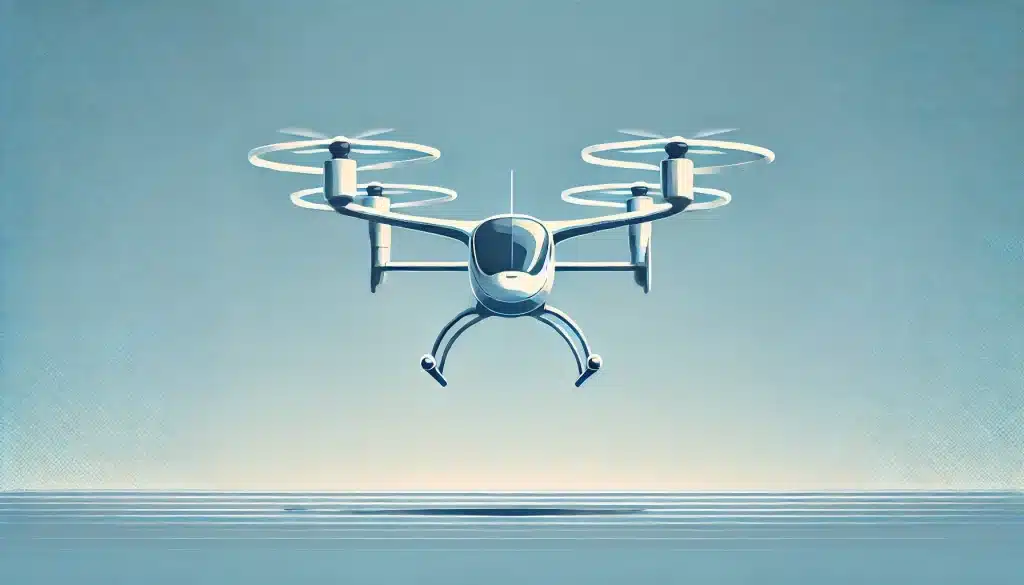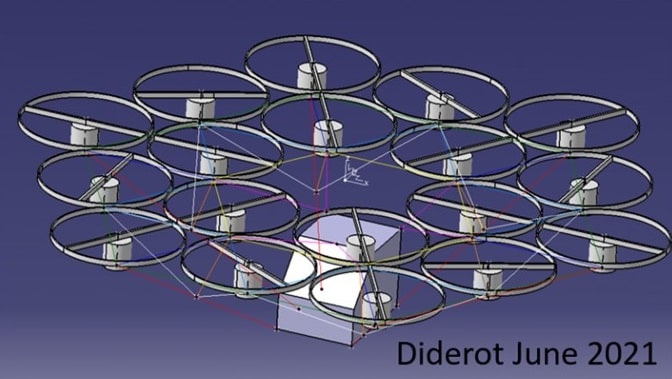
MiniBee: Rescuing Lives with Flying Innovation

MiniBee: The Future of Emergency Air Transport
MiniBee is a next-generation flying vehicle designed for vertical take-off and landing (VTOL). It combines the agility of a helicopter with the efficiency of hybrid-electric technology, making it an ideal solution for emergency and medical missions where speed and accessibility are critical.
What is MiniBee?
MiniBee is a hybrid VTOL aircraft capable of transporting a pilot, a medical professional, and a stretcher for patients. It is engineered to respond quickly to emergencies in hard-to-reach areas such as remote villages, disaster zones, or accident sites, delivering medical assistance exactly where it is needed.
Why MiniBee Matters
- Rapid Response: Access remote or isolated areas without the need for a runway.
- Emergency Support: Designed to carry essential medical equipment and personnel.
- Cost-Effective: Operates at nearly half the cost of a traditional helicopter.
- Modular Construction: Easy to assemble and deploy in the field.
Technical Overview
- Capacity: 1 pilot, 1 passenger, and a stretcher
- Cruise Speed: 200 km/h
- Range: Up to 800 kilometers
- Cruise Altitude: 2,000 meters
- Propulsion: 2 thermal Rotax 915 engines and 10 electric Emrax 208 motors
- Design: Lightweight and modular for quick deployment and transport

A Collaborative, Open-Source Vision
MiniBee is developed through an open-source, community-driven model. Led by Technoplane SAS and supported by academic and industry partners such as ESTACA, the project encourages innovation and transparency. All technical developments are shared on a public wiki, enabling contributors from around the world to participate in building the aircraft of tomorrow.
This is not just an aircraft — it is a collaborative effort to redefine what air mobility can achieve in service of humanity.
To learn more about MiniBee and get involved, visit the official project wiki
Frequently Asked Questions
Is MiniBee certified for emergency use?
It is currently under evaluation by aviation authorities and follows strict modular design guidelines for rapid certification.
Can I contribute as a developer or engineer?
Yes! All developments are published on an open wiki, and contributors are welcome to participate globally.
Where is MiniBee being tested?
Initial tests are conducted in Europe with support from aviation and academic partners. New test zones will be open for contributors.
Does it support autonomous features?
Yes. Autonomous stabilization and routing features are currently in development and supported via open-source contributions.
